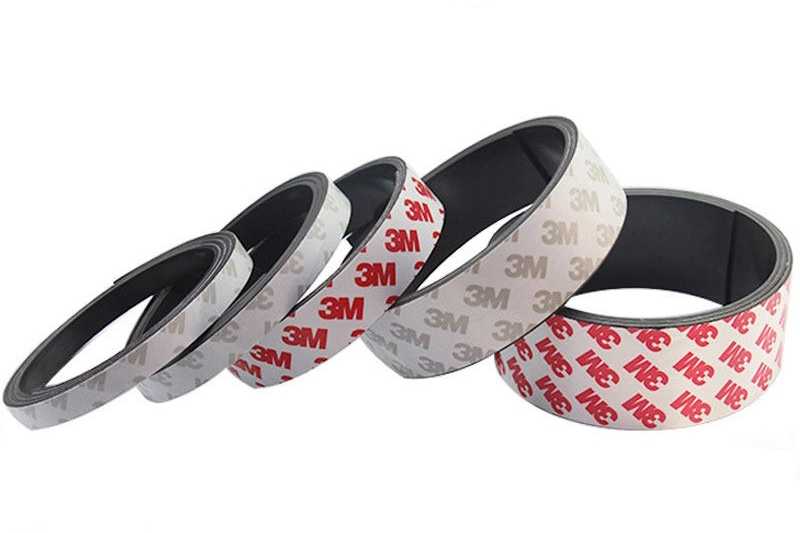There are many types of magnets with varying degrees of magnetic strength, heat resistance, durability and corrosion resistance.
Magnets can be divided into two categories: permanent magnets and non-permanent magnets. They can be divided into smaller groups such as electromagnets and superconductors. Additionally, many magnet assemblies can be categorized by their composition. Examples include ceramic magnets, alnico magnets, rare earth magnets, samarium cobalt magnets, and neodymium magnets. Finally, magnets can also be defined by their shape or application. Magnets classified as specific industries or applications include sheet magnets, bar magnets, strips and bipolar assemblies.
1. The permanent magnet can maintain its magnetic properties without external force, neither generating heat nor generating electricity. They are the most common type of magnets.
2. The non-permanent magnet is triggered by an external power source, that is, a strong magnetic field. Used in electronics, they are usually made of ferrous materials.
3. Electromagnets or electromagnets also need to be triggered from an external power source to be magnetic. In their case, this external source is a magnetic field generated by passing an electric current through a tightly wound coil. They can be opened and closed at will. Electromagnets are used in many industrial applications, including solenoid valves, biomagnetic separation, AC and DC motors, and transformers.
4. Superconductors are the strongest type of magnets. Unlike other products, they have no metal core and must be cooled at low temperatures. They are mainly used in heavy machinery such as MRI machines or magnetic separators.
5. Ceramic magnets, also known as ferrite magnets, are a type of permanent magnets. Compared to other magnets, they have low magnetic power, are very brittle, and break more easily. Still, ceramic magnets are very cost-effective and are used in applications such as magnetic tools, magnetic chucks, and motors.
6. AlNiCo magnets are also permanent magnets. They are slightly more expensive than ceramic magnets. These strong magnets are similar to ceramic magnets, except they are less brittle, have higher reluctance, and are easier to shape.
7. The manufacturing cost of rare earth magnets is higher than that of ceramic magnets. However, they are stronger and more likely to remain magnetic. Rare earth magnets are generally more expensive than non-rare earth magnets due to the scarcity of rare earth materials and the lengthy process of extracting materials from lanthanide ores.
Rare earth magnets are used as industrial magnets for applications including MRI, testing, sensors, speakers, motors, holding and lifting.
Types of rare earth magnets include samarium cobalt magnets and neodymium magnets. The elements samarium and neodymium both contain partially filled outer shells of f electrons and act as powerful sources behind their magnetic fields.
8. Samarium cobalt magnets are made from a combination of cobalt and samarium and are known for their high resistance to corrosion and demagnetization. Another key feature is their thermal stability, as they remain stable up to 550°C. For this reason, samarium cobalt is used in applications involving exposure to extreme heat, such as medical tools and motors.
9. Neodymium cup magnets have stronger magnetic force than any other type of magnets. They are also harder than ceramic magnets. Despite their strong magnetic force, their heat and corrosion resistance is much lower than other products. These magnets are made of a composite of boron, iron and neodymium. To combat their brittleness, neodymium magnets are coated with nickel.
10. The sheet magnet is composed of ferrite-plastic composite material. To take advantage of this composite material, manufacturers extrude it into magnetic sheets, which are then cut into magnetic strips of flexible rubber material. Sheet magnets are common in the automotive and consumer industries.
11. Bar magnets are the most common type of magnets. They are made of ferrite metal material in the shape of narrow rectangles or bars.
The bar assembly consists of a thin piece of rubber magnet coated with adhesive. They are used for irregular surfaces.
Bipolar assemblies are heat resistant assemblies for items that require extensive alignment or holding assistance.

Related Article
Please fill the form to let us know your need. Our sales will get in touch with you ASAP.
Related Products